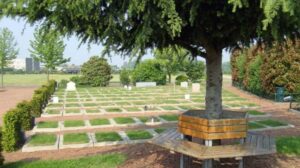Share
“Walls have ears, and we are now going to let them speak”, this is the statement that visitors can read when they enter the “Extra Muros” exhibition that takes place in the Liège- Guillemins railway station. This exhibition led by Philippe Raxhon, a History professor at the University of Liège, explores the theme of walls through numerous approaches. An immersive scenery takes the visitors from one room to another, exploring walls through history but also many other types of walls like the sound barrier, walls of street art, commemorative walls, or natural walls.
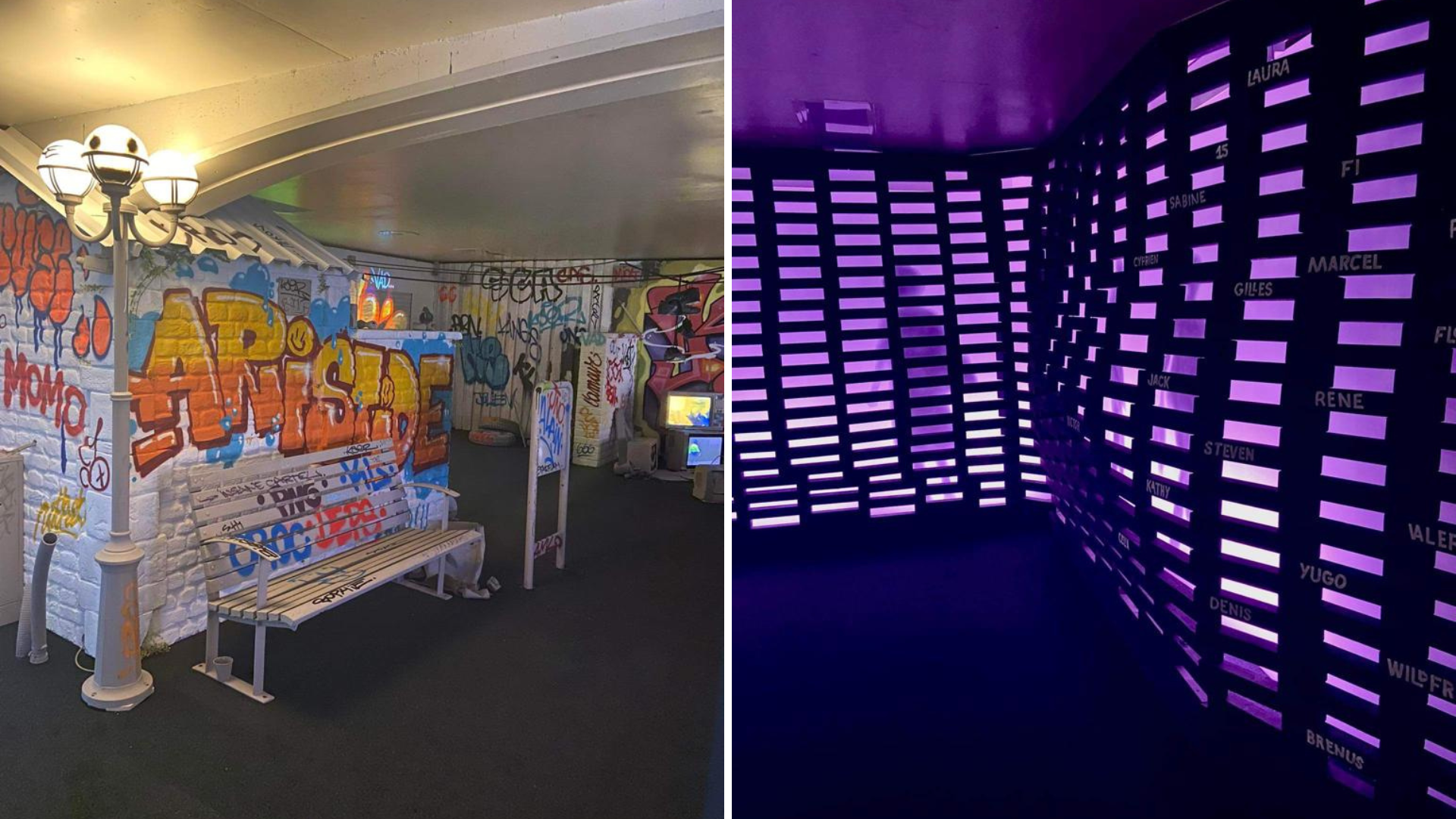
“Extra Muros” is divided into three main categories: walls that oppress and trap, walls of memory and walls that protect, and lastly, walls of expression and relief. Inside the first category, a room is dedicated to anti-immigration walls.
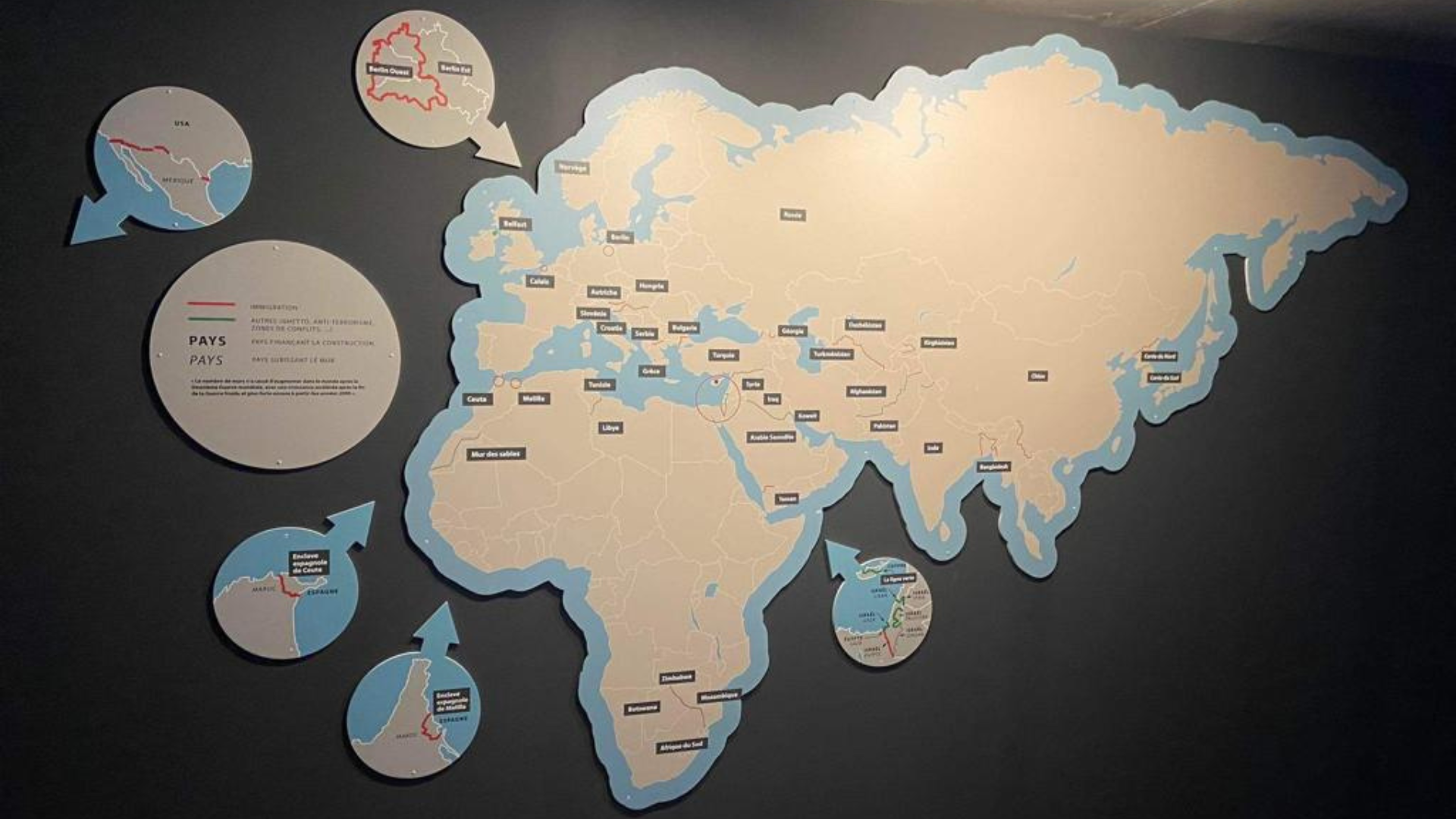 A big world map depicts anti-immigration walls around the world. The purpose of these walls is clear: to prevent people from crossing borders and to settle in foreign territories. The anti-immigration walls rely on increasingly advanced technology to make it impossible to cross them. In Europe alone, there are twelve anti-immigration walls, mainly on the borders of Europe but also between some member states. For example, a wall was erected between Slovenia and Croatia, and another between Slovenia and Austria, putting obstacles on the Balkan route.
A big world map depicts anti-immigration walls around the world. The purpose of these walls is clear: to prevent people from crossing borders and to settle in foreign territories. The anti-immigration walls rely on increasingly advanced technology to make it impossible to cross them. In Europe alone, there are twelve anti-immigration walls, mainly on the borders of Europe but also between some member states. For example, a wall was erected between Slovenia and Croatia, and another between Slovenia and Austria, putting obstacles on the Balkan route.
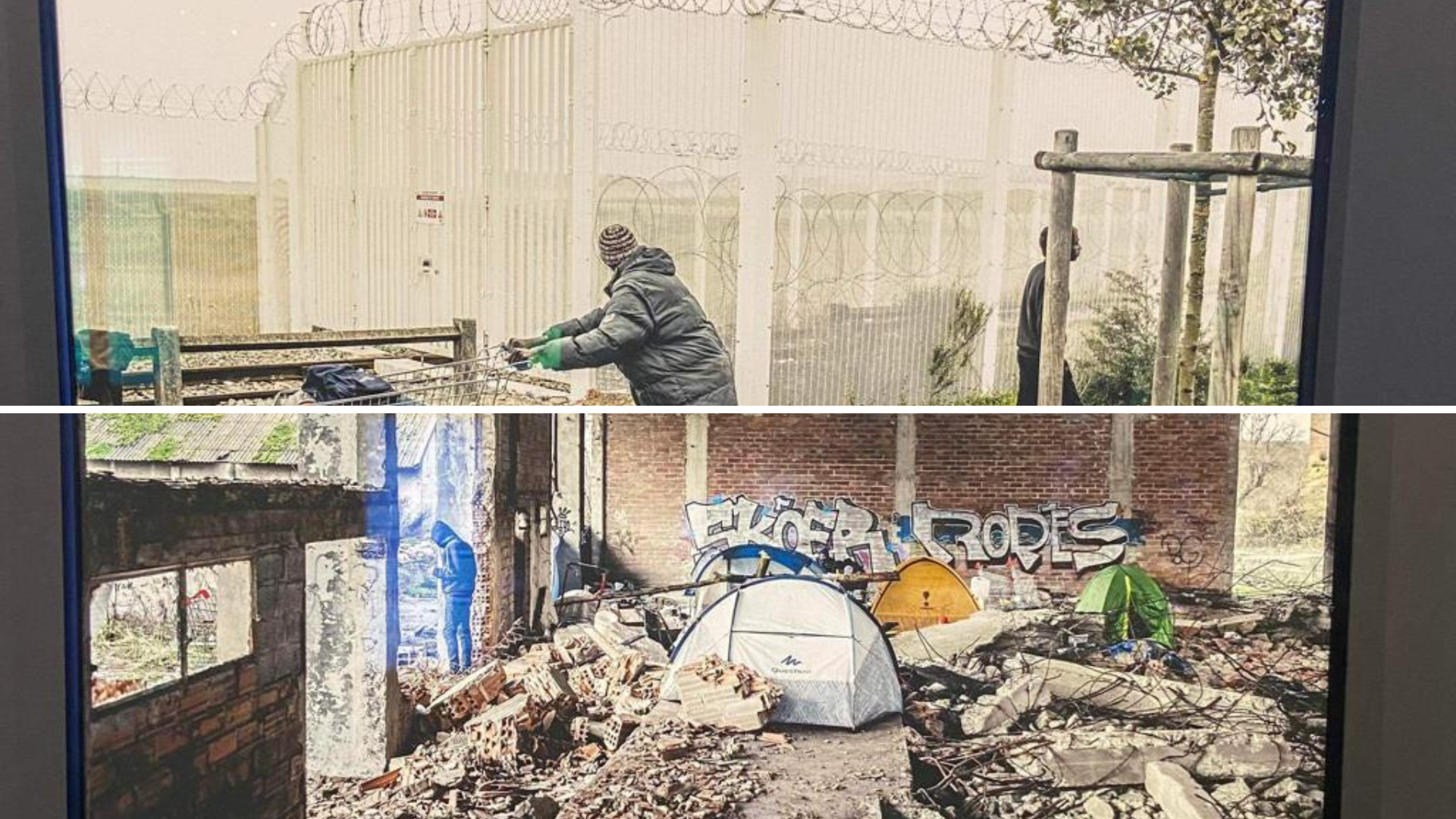
In total, there is a total of 1,200 km of European walls. A part of the exhibition focuses on the Balkan route that has been documented by Elio Germani. Germani followed migrants along the western Balkan route in 2015 and 2016. The series of pictures he took is called “The Dispossessed” and depicts the difficulties that migrants face along this route where artificial obstacles have been added to natural barriers.
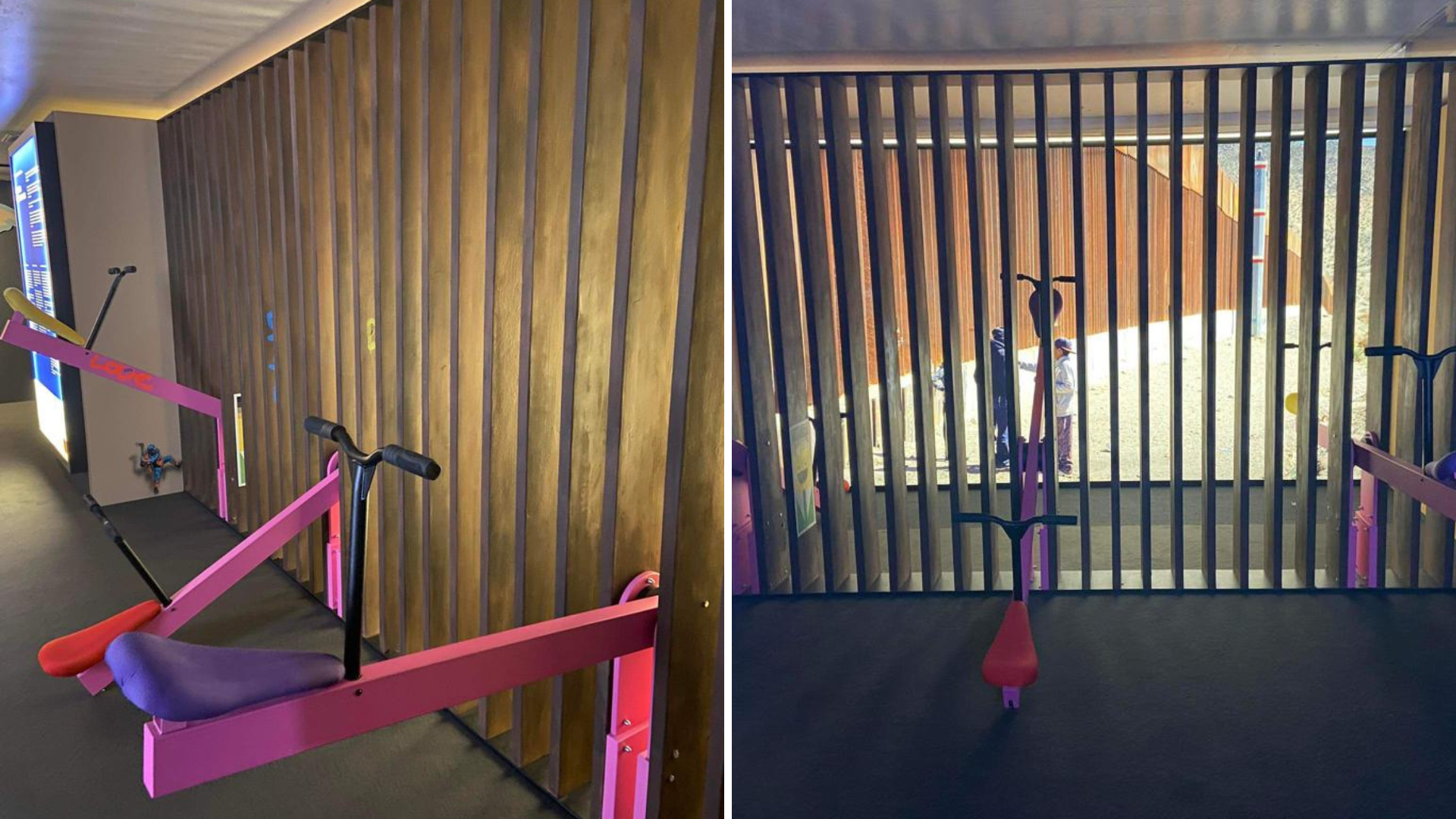
A reproduction of the short-lived installation « Tweeter-Totter Wall » can be seen in the middle of the room. This artwork conceived in 2021 by two American architects, Ronald Rael and Virgina San Fratello, consists of three children’s swings crossing the wall separating the USA and Mexico. The purpose of this installation is to send a strong message of peace while letting American children and Mexican children play together through the anti-immigration wall.

